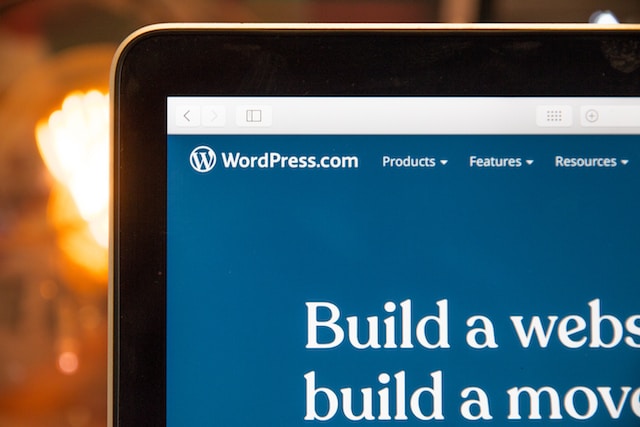A fast and responsive website is essential for retaining visitors, improving user satisfaction, and positively impacting SEO rankings. When it comes to a WordPress website, optimizing web performance involves a combination of technical adjustments, content optimization, and utilizing efficient tools. This comprehensive guide outlines key strategies and best practices to enhance the performance of your WordPress website.
1. Choose a Reliable Hosting Provider
Opt for a reputable hosting provider that offers optimized server configurations for WordPress. Ensure the hosting environment supports the latest PHP versions and has robust infrastructure to handle traffic spikes.
2. Utilize a Content Delivery Network (CDN)
Implementing a CDN helps distribute website assets across multiple servers worldwide, reducing latency and speeding up content delivery. This is particularly beneficial for global audiences.
3. Optimize Images and Media Files
Compress and optimize images before uploading them to your WordPress site. Use image compression plugins, lazy loading, and responsive images to ensure efficient loading without compromising quality.
4. Implement Browser Caching
Enable browser caching to store static files on visitors’ devices, reducing load times for returning users. This minimizes the need to re-download resources upon revisiting the website.
5. Minify CSS, JavaScript, and HTML
Minification involves removing unnecessary characters and spaces from code, reducing file sizes. Utilize plugins or online tools to minify CSS, JavaScript, and HTML files for improved loading speed.
6. Enable Gzip Compression
Enable Gzip compression on your server to reduce the size of files transferred between the server and the user’s browser. Compressed files load faster, enhancing overall website speed.
7. Optimize WordPress Database
Regularly optimize your WordPress database by cleaning up unnecessary data, revising post revisions, and deleting spam comments. Use plugins like WP-Optimize to automate this process.
8. Choose Lightweight Themes and Plugins
Opt for well-coded, lightweight themes and plugins that do not excessively load resources. Avoid using unnecessary features and functionalities that could contribute to performance issues.
9. Monitor and Optimize Server Resources
Regularly monitor server resource usage and optimize settings. Adjust PHP memory limits, optimize server configurations, and consider upgrading server resources as your website grows.
10. Conduct Regular Performance Audits
Perform regular performance audits using tools like Google PageSpeed Insights, GTmetrix, or Pingdom. Identify areas for improvement and implement necessary changes to maintain optimal performance.
Conclusion:
Optimizing web performance in a WordPress website is an ongoing process that requires a combination of technical adjustments, content optimization, and vigilant monitoring. By implementing these strategies and best practices, you can ensure your WordPress website delivers a fast, responsive, and satisfying user experience while positively impacting SEO rankings.










